Training Tips: Double Unders for Adaptive Athletes
Double unders are a rope skipping style in which the rope passes under the athlete’s feet twice instead of once. They’re an effective monostructural exercise as they allow for higher work capacity than a single rope pass.
There are many benefits to performing double unders, but it is also an exercise that can take some time to master, whether you’re an able-bodied or adaptive athlete.
“The issues, the obstacles, and the challenges that adaptive athletes face with jumping rope are actually very much the same as able-bodied folks,” says Logan Aldridge, Director of Training at the Adaptive Training Academy and CrossFit Level 2 coach.
Ultimately, the double under comes down to timing and rhythm.
Double Under Benefits
Besides improving your conditioning, doubles unders can improve your:
- Speed
- Coordination
- Accuracy
- Power
- Balance
- Body control
- Strength, especially when combined with other exercises in a workout
For novice athletes, rope skipping is a great exercise to teach body control and improve coordination.
General Tips for Double Unders
“The most simplistic explanation on how to master double unders, triple unders, quadruple unders, whatever, is it’s all a matter of timing and rhythm,” said Logan, who is one of the Fittest Upper Extremity athletes and flawlessly performs triple unders.
No matter who you are, the first thing you want to talk about when jumping rope, mastering double unders or even trying triple unders is getting rid of the rope. “There should be no external object involved,” says Logan.
Most people trying double unders don’t know how to properly bounce up and down while keeping their bodies straight and using their calves to get an effective and efficient rebound.
“Most CrossFitters that are trying to learn double unders have not figured out that part, so that’s where I start, with everyone,” says Logan.
Improving Your Jumping Progressions
Before athletes start with jump ropes they must be able to jump efficiently.
This starts with little, short, small bounces on the spot. Once that looks neat (timing and rhythm look good) try 10 of the highest bounces you can do while keeping your body as straight as possible.
This is where you can identify comfort and ability bouncing high – athletes uncomfortable with this look like they’re about to try a one-rep max and are straining too much, this isn’t the right stimulus.
“Whenever I see that, if I’m in a coaching environment, adaptive or not, I immediately put the jump rope down,” says Logan. “If you’re doing this, your idea of what double unders feels like is completely wrong.”
- Start with plate hops – these plate hops will look different from what you’d see in a workout, where you’re trying to get as many in as possible, because athletes aren’t focusing on form but trying instead to move their feet fast. Plate hops for practicing double unders require you to keep a straight body, with a little bit of knee flexion, and bounce just from your calves.
“I like to see a minute of unbroken plate hops before I move to the next drill,” says Logan.
- Add audible timing – with your arms or arm by your side, do some jumps in the air while creating an audible cue, so you train your brain to relate to the sound of a rope passing in front of you and touching the ground. Typically, that sound happens almost when you’re at the peak of your jump, so try to jump and tap your side at the peak of your jump.
Do this for 20 to 30 reps, rest a little and then do the same thing while trying to bounce a little higher and doing double taps.
- Move on to single unders – once you’ve learnt what it feels like to bounce from the calves you can progress to single unders.
“Two minutes of unbroken single unders is my general rule to show ultimate proficiency,” says Logan. “If you can do two minutes of single unders, you show you have the stamina and the conditioning and the muscular endurance to bounce, and enough power to do so for that period of time.”
“From a physiological perspective, you can do double unders, now we just need to get the timing and biomechanics of the movement together.”
Double Unders For Upper Extremity Adaptive Athletes
More than ability level, upper extremity adaptive athletes are limited by the equipment when it comes to double unders.
A Mono Rope is a modified version of a normal jump rope that allows athletes to jump rope using only one had, whether left or right.
With this tool in place, upper extremity athletes can replicate the stimulus and movement pattern of a double under with a standard jump rope.
Mono Rope Technique
“The cue that I often give with the Mono Rope is that you’re shining your belt buckle with your knuckles,” says Logan. “That creates that little subtle type of circular motion with your hand right in front of your pelvic bone, and that is the technique for the single arm jump rope.”
The only progression from there is the rhythm and timing of the hand, whether it does one circle for a single under or two circles while you’re in the air for double unders.
Again, none of this is important if an athlete can’t bounce efficiently.
Starting and Ending the Movement
“Focusing on the totality of executing the jump rope helps the participant gain more confidence and just feel better prepared and experienced for all aspects of it; the start, middle and the finish,” says Logan.
- Start with the jump rope placed neatly on the floor and step into the loop, when you pick up the handle the cable should be behind your heels.
- Do a little flick to flush the rope out from behind your heels, so it moves to the back of your calves.
- Bring the rope over once, doing a single under, and then go into double unders.
- When you stop, practice stopping by landing, lifting your toes, letting the rope come under your toes and pull the rope tight.
- When you’re done, lay the handles down in front of you so that the rope is ready for the next set of jumping, this way you maximise efficiency and ensure smooth transitions.
Double Unders For Lower Extremity Adaptive Athletes
For lower limb athletes, getting used to the rhythm of a different bounce, elevation, landing, balance and everything else that comes along with getting accustomed to a prosthetic makes skipping rope even harder than usual.
Additionally, because the native anatomy of lower extremity athletes isn’t predisposed to performing continuous bounce and absorb shock, the stimulus for doing double unders, especially as an above-the-knee amputee, is very different.
Therefore, the general rule of thumb if you’re training to improve your fitness and if doing a double under is not your absolute goal, is to stick to single unders during training as they offer a better stimulus.
“There are numerous above-knee amputees that I know of that can do double unders and they do them well,” says Longan. “But they absolutely don’t get the same stimulus as someone with two legs, or even a below-knee amputee with a prosthetic.”
Generally, for above-knee amputees, the focus would be on single unders as they offer better speed, stimulus, and better use of each athlete’s native anatomy without overtraining the calf or a single leg.
“People are definitely capable, but that’s not what we’re trying to encourage the world to do,” says Logan.
If your goal is to achieve double unders, then the advice and progressions at the start of the article still apply.

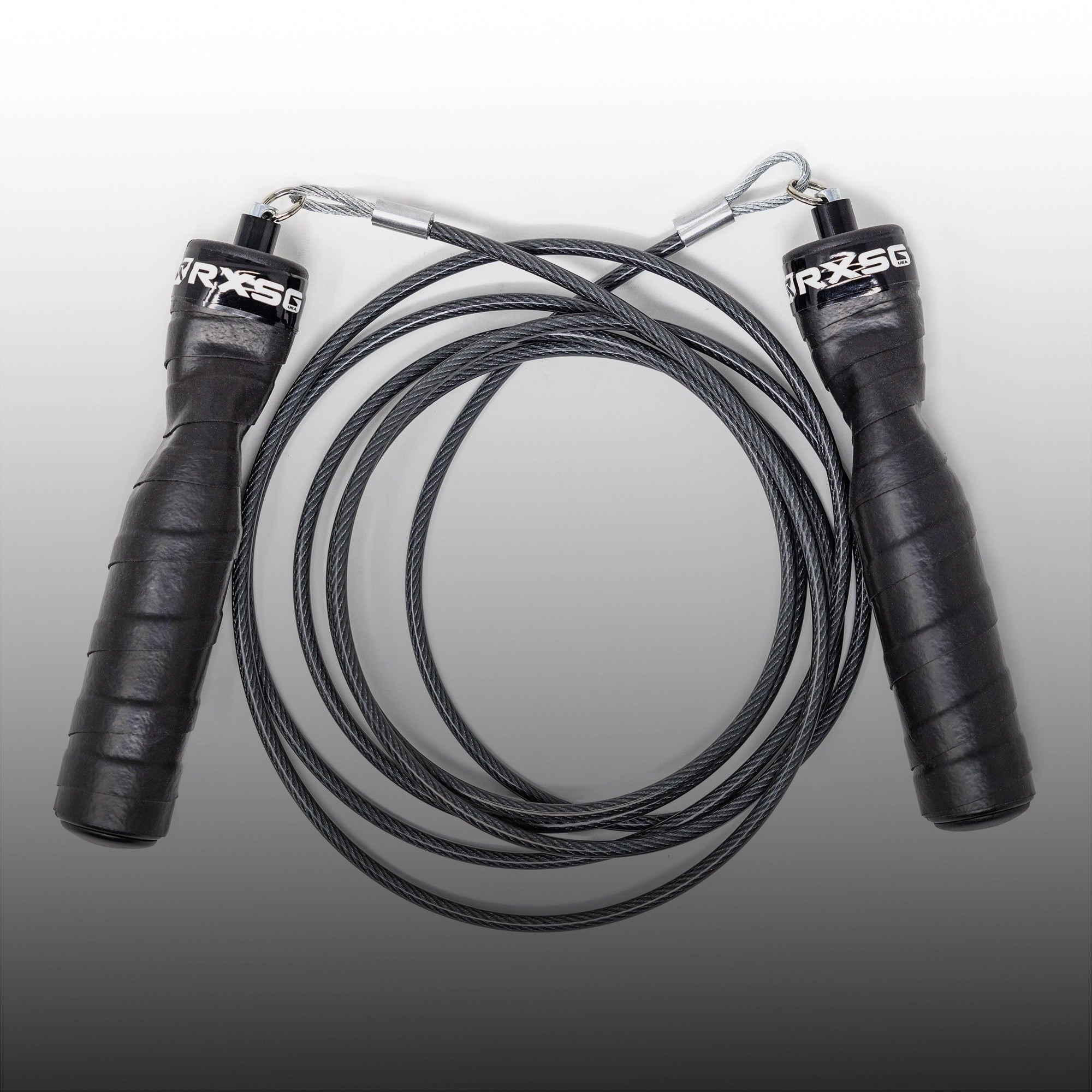
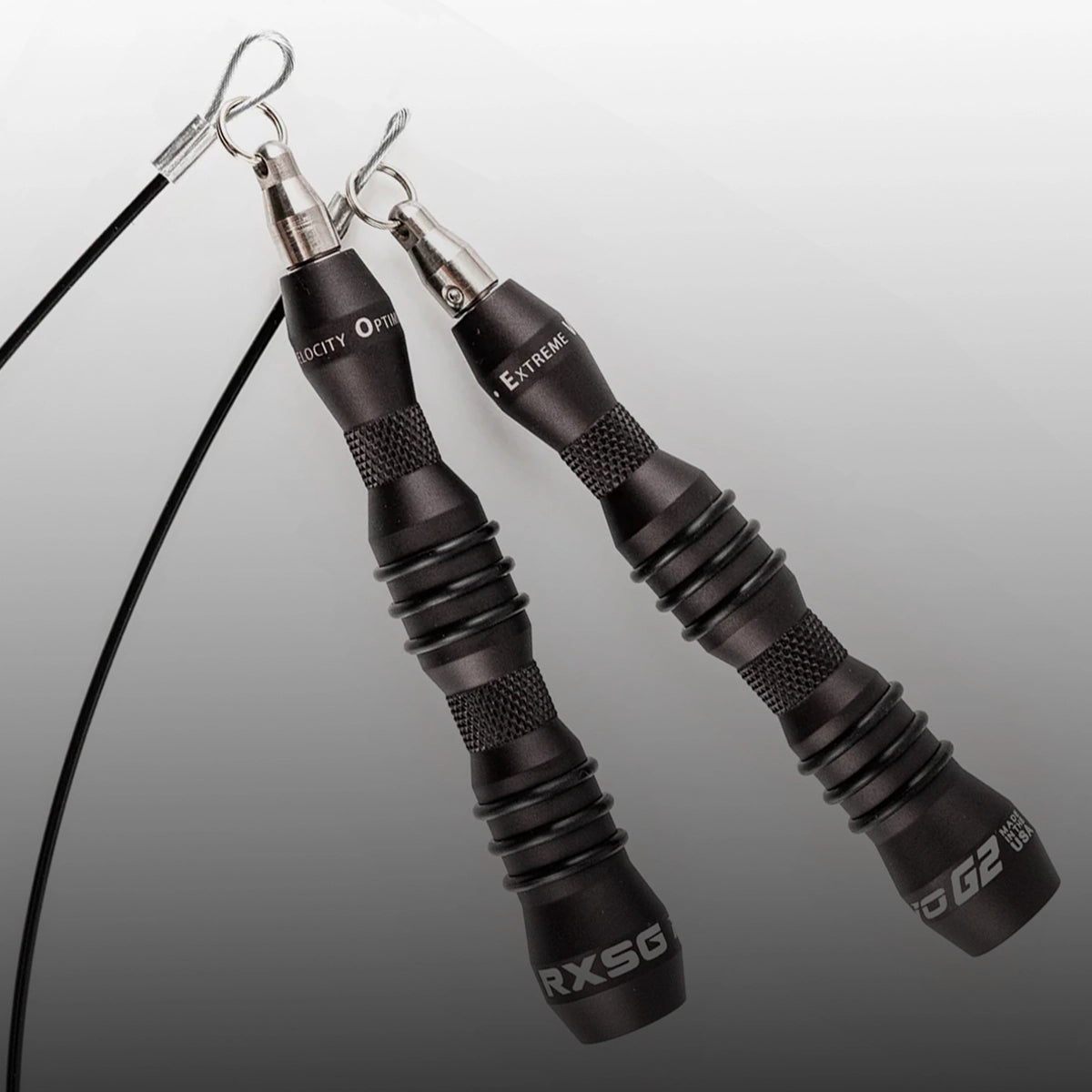
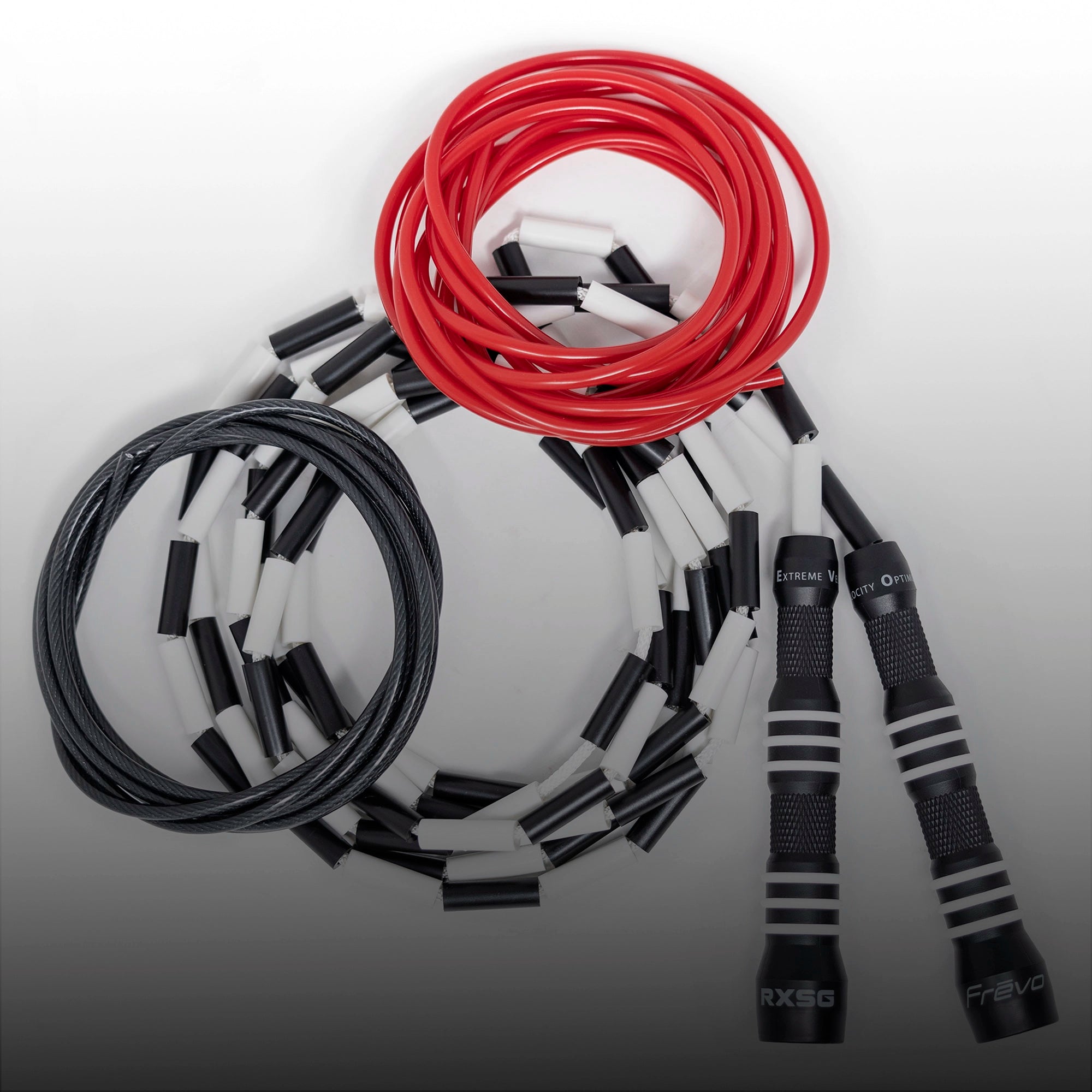
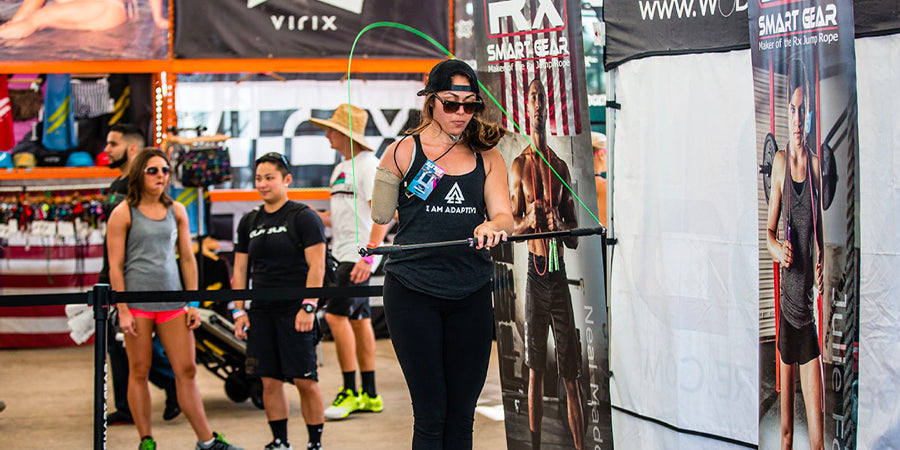
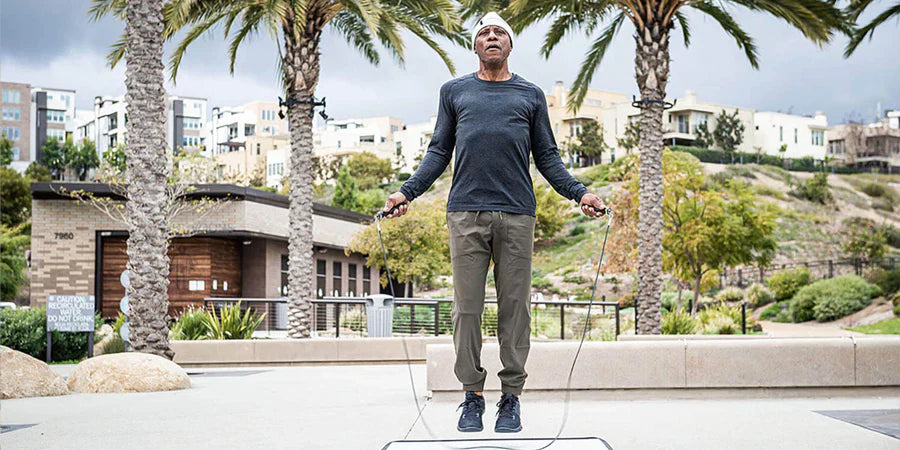
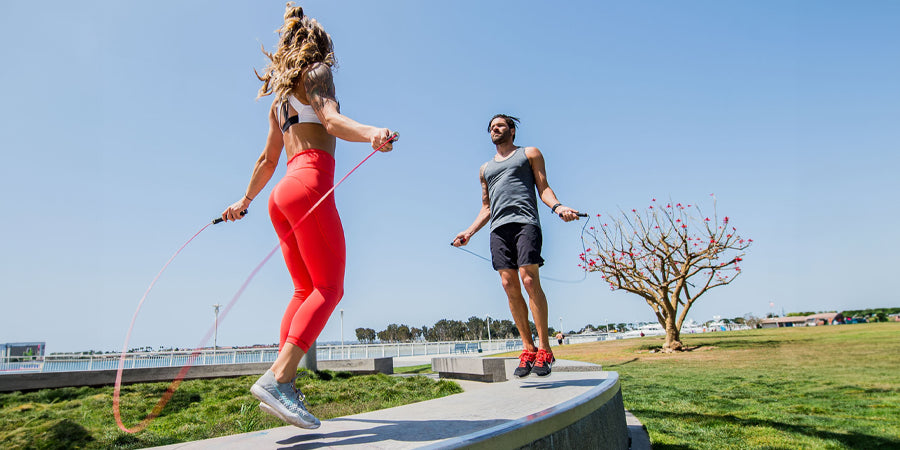
Leave a comment
This site is protected by hCaptcha and the hCaptcha Privacy Policy and Terms of Service apply.